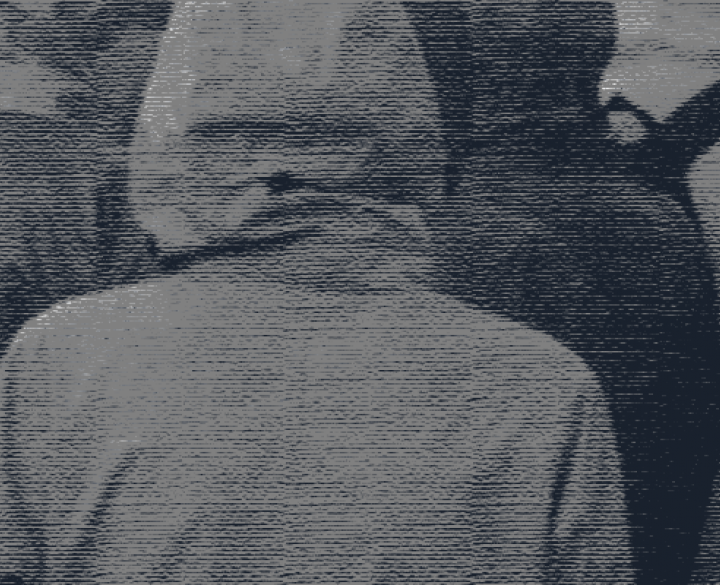Robert W Gore, who invented Gore-Tex technology while working for his father's company in Maryland, US, has died aged 83. Introduced in 1976, the fabric has protected countless walkers, runners and outdoor enthusiasts from wet weather, but is also found in numerous products.
A chemical engineer, Robert Gore became CEO of WL Gore & Associates.
Gore was born in Utah and received bachelor's and advanced degrees from the University of Delaware and the University of Minnesota. He joined WL Gore & Associates, which had been founded in 1958 by his father Bill and his mother Vieve Gore.
Gore's breakthrough came in 1969 when he found a new way to manufacture a polymer material. When he was researching ways to manufacture plumber’s tape, he found that the material could be stretched to 800 percent and became lightweight and breathable, constructed 70 percent out of air. He discovered that this microporous material had pores much smaller than water droplets, and so was also regarded as a great, breathable solution for waterproofing.
With some additional tweaking for structure and strength, Gore had created an innovative new material and trademarked it "GORE-TEX." The fabric revolutionized waterproof outerwear and was quickly embraced in raincoats, shoes, and other clothing as well as in medical, aeronautical, and space travel industries.
Gore promptly applied for and obtained the following patents:
- U.S. Patent 3,953,566, issued April 27, 1976, for a porous form of polytetrafluoroethylene with a micro-structure characterized by nodes interconnected by fibrils
- U.S. Patent 4,187,390, issued February 5, 1980
- U.S. Patent 4,194,041 on March 18, 1980 for a "waterproof laminate", together with Samuel Allen
Filing a patent does make a difference
Another form of stretched PTFE tape was produced prior to Gore-Tex in 1966, by John W. Cropper of New Zealand. Cropper had developed and constructed a machine for this use. However, Cropper chose to keep the process of creating expanded PTFE as a closely held trade secret and as such, it had remained unpublished.




